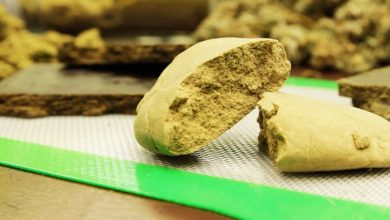The Role of Dentistry in Sleep Apnea Treatment: Oral Appliances and Beyond

A common sleep illness that causes breathing disturbances while you sleep, sleep apnea affects millions of people worldwide. Although continuous positive airway pressure (CPAP) equipment has been the standard of care, dentistry has been a key provider of alternate approaches, click here to find out more. This article examines the critical role that dentistry plays in treating sleep apnea, with an emphasis on mouth appliances and other cutting-edge methods.
Comprehending Apnea in Sleep
When the upper airway becomes partially or closed while you sleep, it can cause sleep apnea and brief, minute-long breathing pauses. This disorder may cause restless nights, weariness during the day, and a host of other health concerns, such as heart difficulties.
Dentistry’s Role in Sleep Apnea Treatment
Dentistry has become an integral part of the multidisciplinary approach to managing sleep apnea. Dental professionals play a crucial role in providing alternative treatments that are more comfortable and user-friendly for patients.
- Oral Appliances:
Oral appliances, also known as mandibular advancement devices (MADs) or dental sleep devices, are custom-fitted devices that resemble mouthguards. These devices work by repositioning the lower jaw and tongue to keep the airway open during sleep, reducing the likelihood of breathing obstructions. Many patients find oral appliances more comfortable and less intrusive than CPAP machines, promoting better compliance.
- Orthodontic Interventions:
Some orthodontic treatments can contribute to alleviating sleep apnea symptoms. Orthognathic surgery, for example, may be recommended in cases where anatomical abnormalities contribute to airway obstruction. Orthodontists collaborate with sleep specialists to create personalized treatment plans that address both the dental and sleep-related aspects of the condition.
- Myofunctional Therapy:
Myofunctional therapy focuses on retraining the muscles of the face and mouth to promote proper breathing and tongue posture. This therapy can be particularly beneficial for individuals with sleep apnea, as it addresses the underlying muscular factors that contribute to airway obstruction.
- Positional Therapy:
Dentists may also investigate positional treatment, which entails motivating patients to sleep in ways that reduce obstruction of their airways. Dentists assist patients in determining the best sleeping postures and offer advice on how to stay in them all night.
Patients now have a variety of more pleasant and successful options to standard therapy thanks to dentistry’s growing role in sleep apnea treatment. Dental experts are playing a major role in the comprehensive care of sleep apnea, offering services ranging from oral appliances to orthodontic interventions and myofunctional therapy. Dentistry’s role in treating sleep apnea is expected to rise as understanding and technology improve, providing promise for better outcomes and an improved quality of life for those who suffer from this sleep disease.




